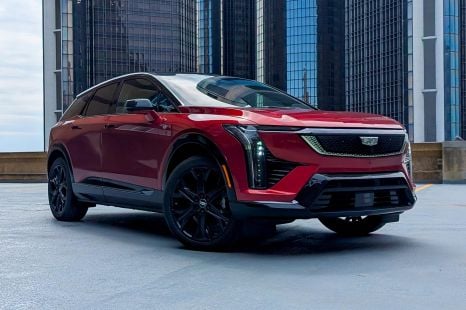

William Stopford
2025 Cadillac Optiq review
5 Days Ago
The FCAI has released the 2022 brand results of its voluntary emissions standard, and some brands missed their target by quite a bit.

News Editor
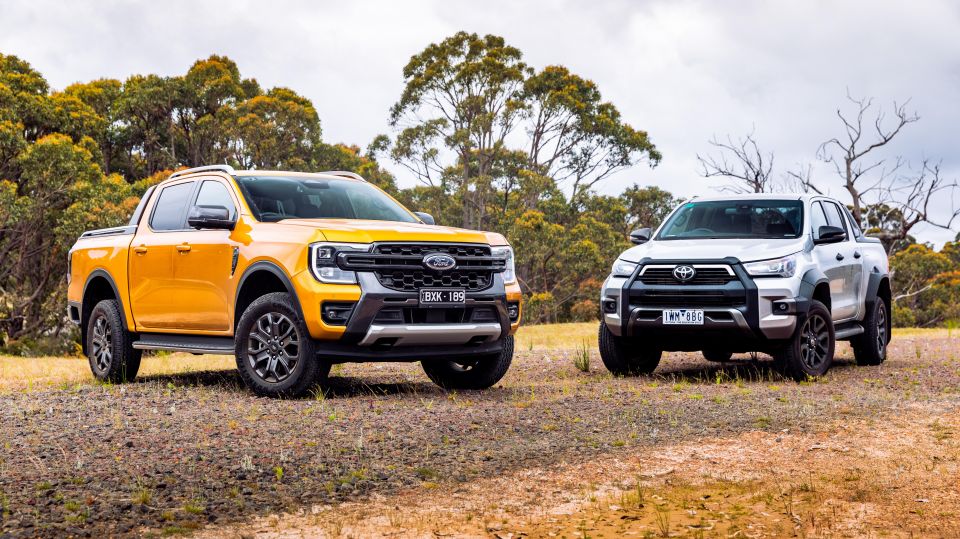

News Editor
The Federal Chamber of Automotive Industries (FCAI) has released 2022 emissions results for each individual brand.
In its first release of information on the voluntary emissions reduction standard, it confirmed the heavy SUV and light commercial vehicle target (MC + NA) had missed its target while passenger cars and light SUVs (MA) reached it.
Now, it has confirmed which brands met their target and which ones fell short.
It’s worth noting various brands have carry forward credits that, as the name suggests, can be rolled over to 2023 emissions results.
EV-only brands like BYD and Polestar naturally met their target, while others that performed well in the MA category include BMW, Lexus, Toyota and Volvo.
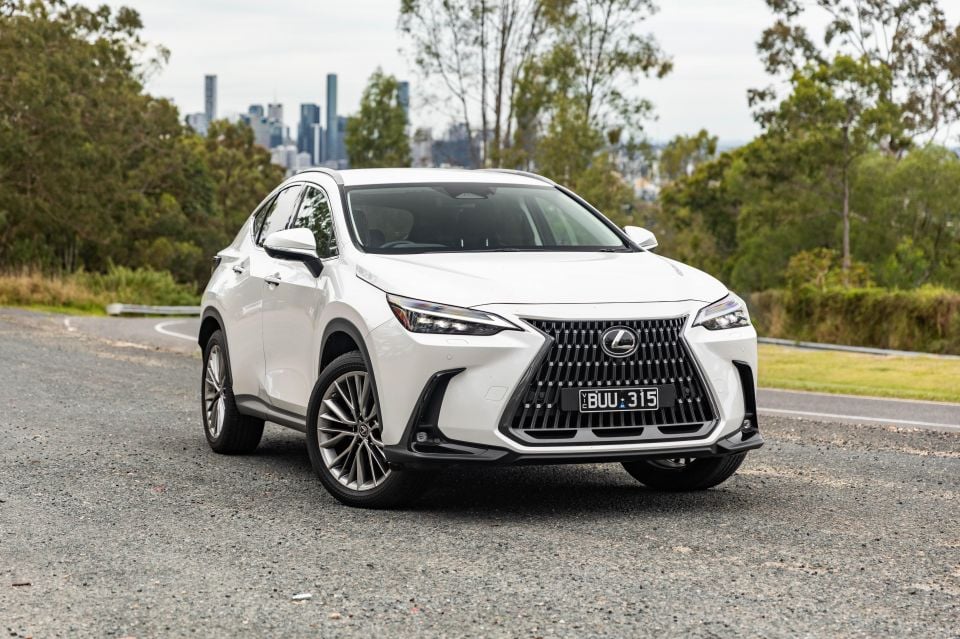
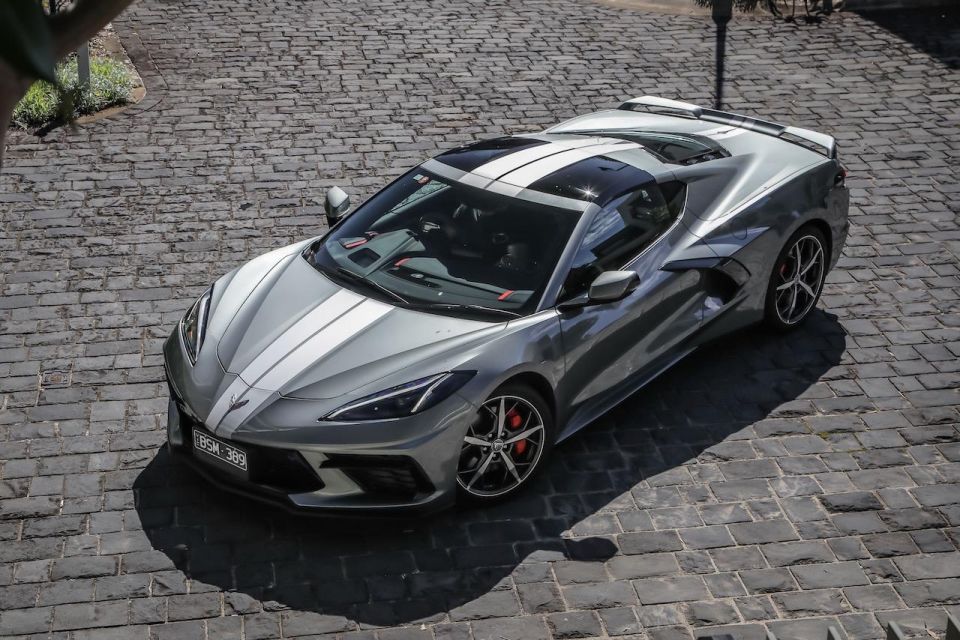

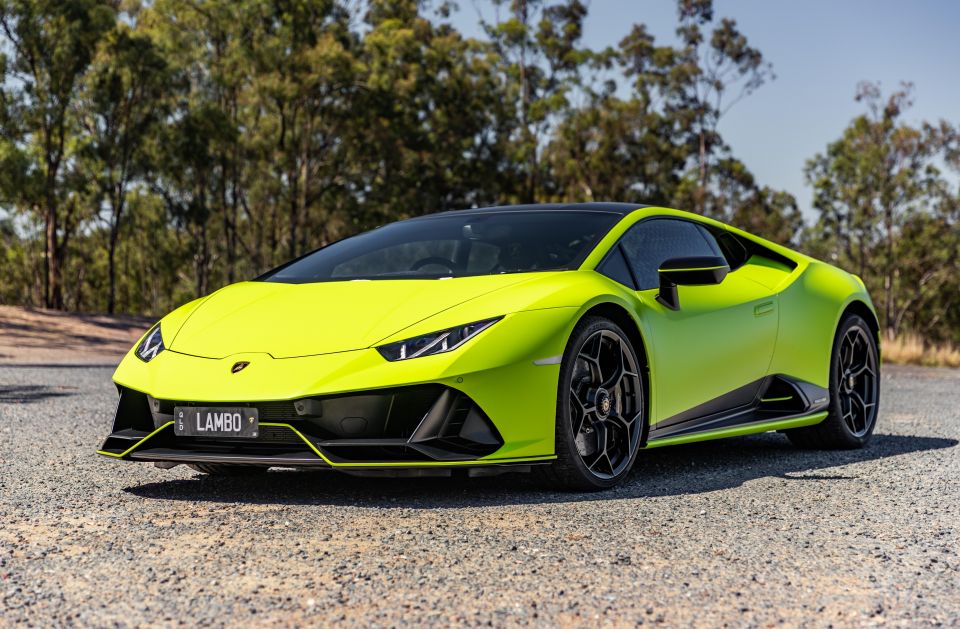
Those that didn’t perform as well included Chevrolet, Ferrari, Lamborghini and Maserati, all of which produce high-performance sports cars.
Brands that were able to reduce their emissions compared with the previous year are indicated with brackets in the table below.
| Brand | Sales | Average CO2 emissions (g/km) | Specific emissions target | Difference between avg. and target |
|---|---|---|---|---|
| Alfa Romeo | 559 | 145.684 | 153.968 | (8.284) |
| Alpine | 4 | 147.500 | 117.288 | 30.212 |
| Audi | 13,124 | 152.916 | 154.280 | (1.364) |
| BMW | 18,801 | 136.972 | 165.898 | (28.926) |
| BYD | 2113 | 165.018 | (165.018) | |
| Chevrolet | 225 | 313.000 | 157.820 | 155.180 |
| Chrysler | 78 | 292.794 | 187.973 | 104.821 |
| Citroen | 269 | 138.428 | 134.944 | 3.484 |
| Cupra | 1113 | 136.932 | 148.907 | (11.975) |
| Ferrari | 207 | 247.240 | 155.480 | 91.759 |
| Fiat | 365 | 109.503 | 108.518 | 0.985 |
| Ford | 7783 | 185.699 | 157.520 | 28.179 |
| Genesis | 1039 | 148.769 | 185.112 | (36.343) |
| GWM | 17,218 | 172.989 | 148.196 | 24.793 |
| Honda | 14,214 | 150.404 | 144.682 | 5.722 |
| Hyundai | 69,976 | 154.067 | 145.025 | 9.041 |
| Isuzu Ute | 1549 | 206.000 | 188.257 | 17.743 |
| Jaguar | 700 | 182.148 | 172.544 | 9.604 |
| Jeep | 1040 | 192.613 | 159.098 | 33.514 |
| Kia | 78,330 | 154.911 | 150.942 | 3.969 |
| Lamborghini | 176 | 330.761 | 171.002 | 159.759 |
| Land Rover | 689 | 186.269 | 167.069 | 19.227 |
| LDV | 1133 | 242.882 | 195.700 | 47.183 |
| Lexus | 6801 | 120.472 | 171.114 | (50.642) |
| Maserati | 594 | 235.659 | 185.137 | 50.522 |
| Mazda | 80,220 | 148.077 | 147.961 | 0.115 |
| Mercedes-Benz Cars | 26,391 | 150.547 | 171.353 | (20.806) |
| Mercedes-Benz Vans | 797 | 166.120 | 216.149 | (50.029) |
| MG | 49,073 | 157.245 | 133.980 | 23.266 |
| Mini | 3002 | 87.179 | 137.189 | (50.010) |
| Mitsubishi | 39,862 | 163.898 | 150.294 | 13.604 |
| Nissan | 10,054 | 160.842 | 150.998 | 9.844 |
| Peugeot | 1405 | 127.303 | 143.283 | (15.980) |
| Polestar | 1480 | 185.060 | (185.060) | |
| Porsche | 4023 | 158.163 | 172.648 | (14.485) |
| Renault | 5259 | 165.484 | 141.635 | 23.849 |
| Skoda | 6502 | 139.952 | 146.748 | (6.796) |
| SsangYong | 520 | 176.473 | 147.459 | 29.014 |
| Subaru | 15,660 | 164.317 | 144.795 | 19.522 |
| Suzuki | 20,316 | 133.423 | 123.399 | 10.024 |
| Tesla | 19,594 | 172.050 | (172.050) | |
| Toyota | 94,673 | 105.369 | 146.876 | (41.507) |
| Volkswagen | 23,454 | 147.716 | 149.171 | (1.455) |
| Volvo | 9457 | 98.258 | 176.821 | (78.563) |
In the MC+NA category, Chevrolet again missed its target, with others like GWM, Mercedes-Benz Cars and Nissan also falling short.
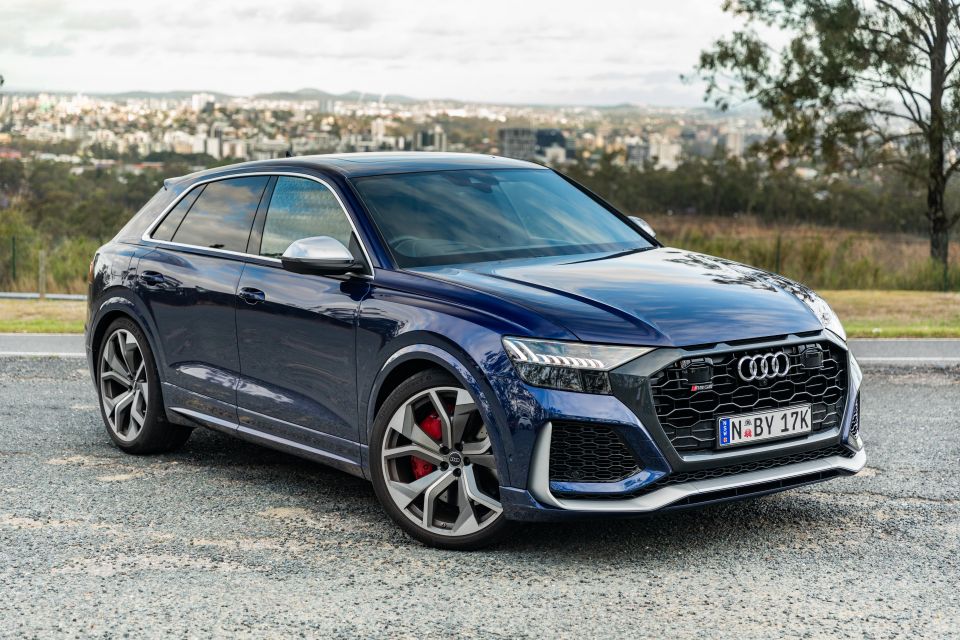
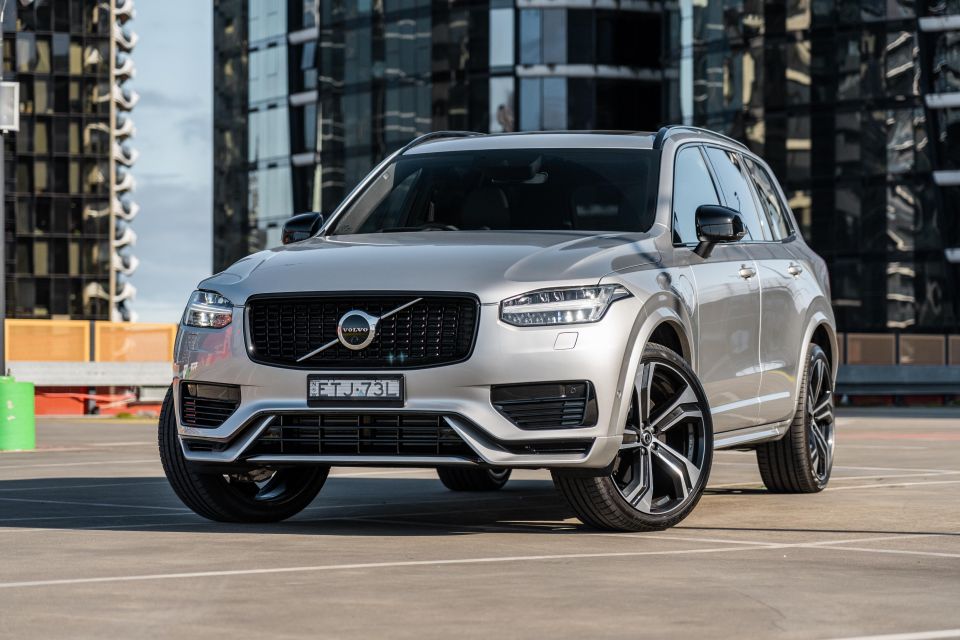
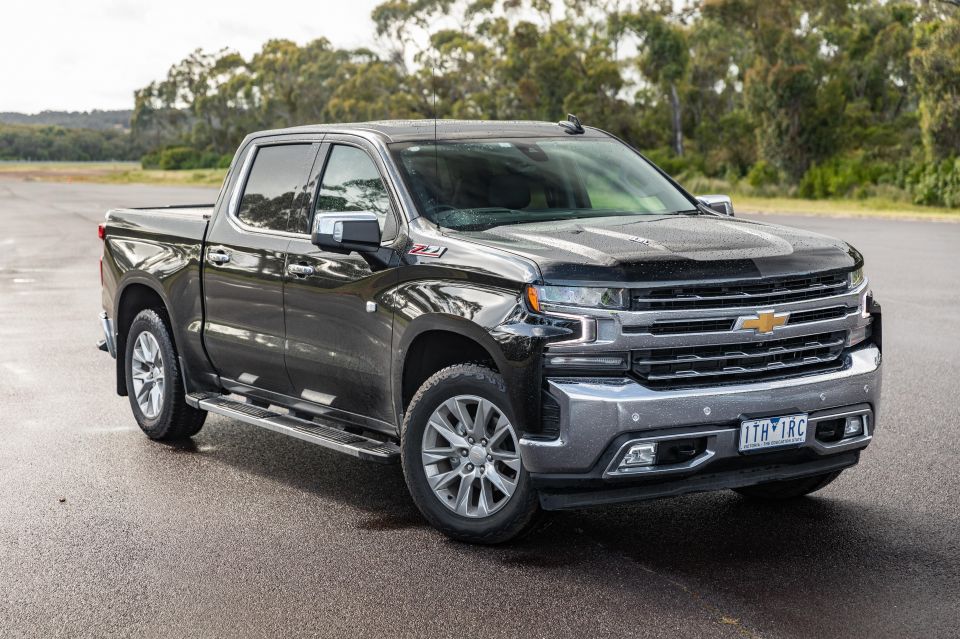
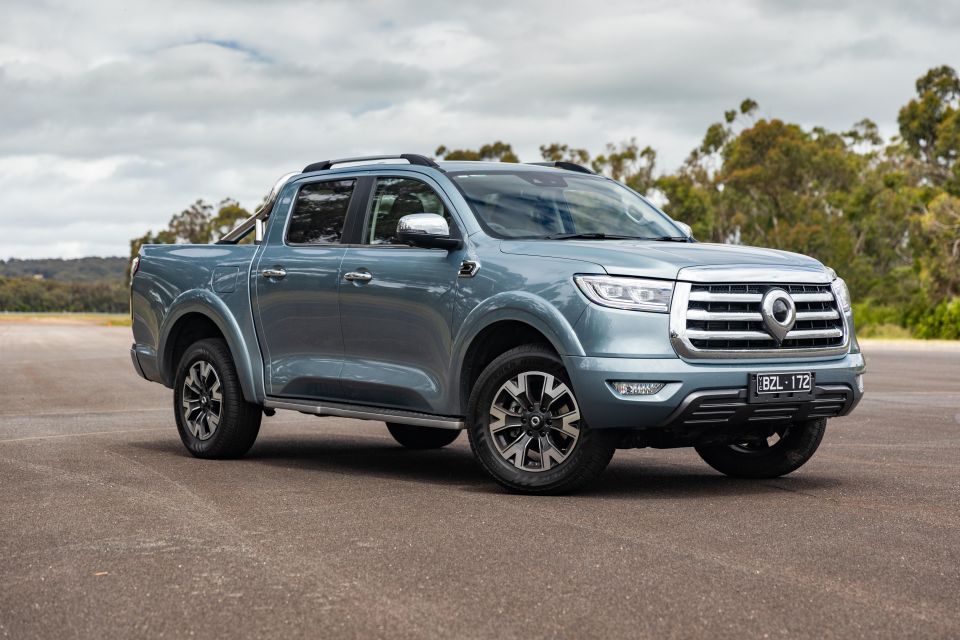
In contrast, Volvo Car performed strongly.
| Brand | Number of sales | Average CO2 emissions | Specific emissions target | Difference between avg. and target |
|---|---|---|---|---|
| Alfa Romeo | 8 | 140.600 | 163.425 | (22.825) |
| Audi | 1608 | 194.411 | 203.366 | (8.955) |
| BMW | 3895 | 167.898 | 175.058 | (7.160) |
| Chevrolet | 1823 | 305.256 | 228.269 | 76.987 |
| Ford | 58,448 | 214.700 | 209.265 | 5.435 |
| GWM | 7832 | 245.550 | 192.317 | 53.234 |
| Hyundai | 3369 | 183.044 | 184.897 | (1.853) |
| Isuzu Ute | 33,768 | 209.627 | 192.980 | 16.647 |
| Jeep | 5618 | 228.103 | 196.042 | 32.061 |
| Land Rover | 3659 | 212.549 | 205.762 | 6.787 |
| LDV | 11,955 | 237.308 | 199.498 | 37.809 |
| Lexus | 288 | 256.064 | 239.533 | 16.531 |
| Mazda | 15,498 | 201.045 | 185.323 | 15.721 |
| Mercedes-Benz Cars | 426 | 292.571 | 232.106 | 60.464 |
| Mercedes-Benz Vans | 938 | 175.236 | 188.994 | (13.757) |
| Mitsubishi | 37,124 | 219.031 | 185.066 | 33.966 |
| Nissan | 16,090 | 255.276 | 213.252 | 42.024 |
| Peugeot | 599 | 151.754 | 158.079 | (6.325) |
| Porsche | 1581 | 191.967 | 195.595 | (3.628) |
| Ram | 5332 | 263.293 | 240.082 | 23.211 |
| Renault | 1957 | 161.656 | 163.860 | (2.204) |
| SsangYong | 3428 | 227.749 | 203.044 | 24.705 |
| Subaru | 20,375 | 155.013 | 162.014 | (7.001) |
| Suzuki | 1262 | 152.124 | 121.624 | 30.500 |
| Toyota | 132,015 | 212.186 | 197.693 | 14.493 |
| Volkswagen | 6450 | 222.018 | 183.804 | 38.214 |
| Volvo Car | 1258 | 128.441 | 202.336 | (73.896) |

The 2022 target for the MC + NA category was 189 grams of CO2 for every kilometre travelled. The overall outcome was 212.8 grams, actually a slight increase from 2021’s figure of 212.5 grams.
That’s disappointing, considering between 2020 and 2021 the figure dropped from 218 grams.
There was better news in the MA category, with an average of 131 grams. This was a reduction from 146 grams in 2021, which was also the targeted figure for 2022.
For context, the outcome for this category for 2020 was 150 grams. This was the first year of results for both categories.
The targeted reduction between 2020 and 2030 is to get MA vehicles down to 100g/km and MC+NA vehicles to 145g/km, with four and three per cent annual reductions each year, respectively.
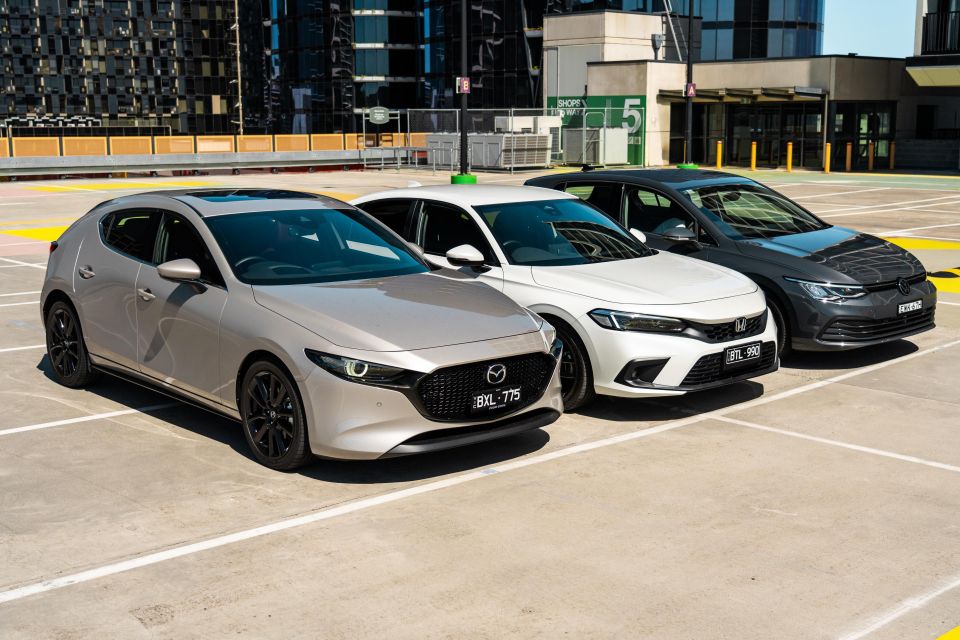
That would still leave powerful, polluting performance cars on the table, but their sales would need to be offset by low-emitting hybrid, plug-in hybrid, or electric vehicles to bring the fleet average down.
The FCAI says brands will progress at different rates, depending on their model cycles, and given it’s a voluntary scheme there are no penalties for failure to meet targets.
The FCAI last month called for a Federal Government-mandated CO2 standard, one which “considers consumers, the unique nature of the Australian market, product availability, affordability, and the full range of zero and low emission technologies”.
“We have the opportunity to establish a standard which gets us on the pathway to reducing emissions, supports car makers to attract the best low emission technology to the Australian market and provides Australian consumers with certainty and clarity around future vehicle availability,” said FCAI chief executive Tony Weber.
“We look forward to continuing to engage constructively with the Federal Government to bring this to reality,” Mr Weber added.
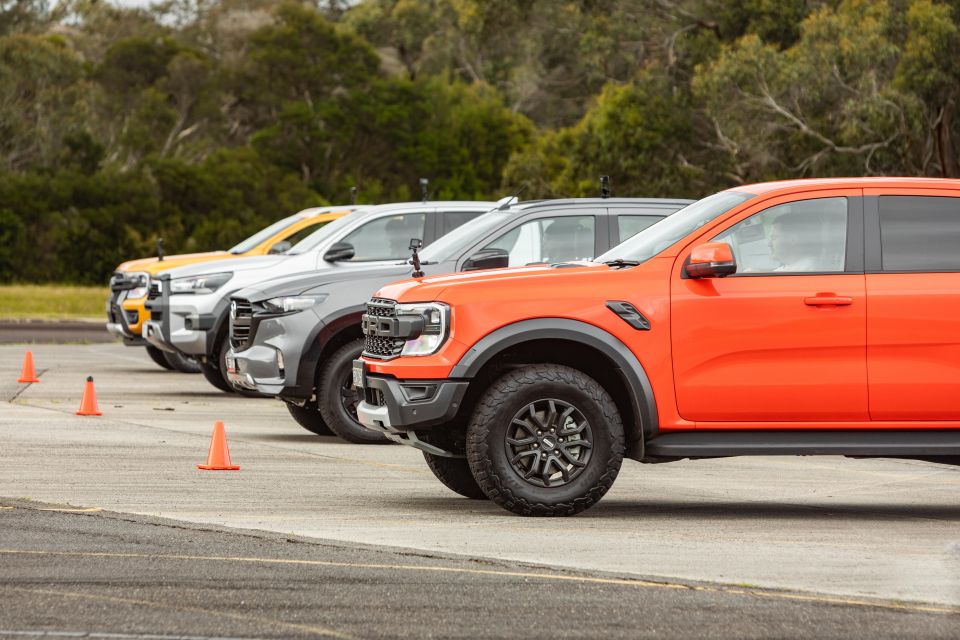
But the FCAI chief also argued any push by the government to phase out combustion vehicle sales in favour of EVs is unwise.
“Attempts to simplify our journey to net zero as one that can only be achieved through electric vehicles ignore the buying preferences of Australian consumers, market supply realities, price, and the very real impact of other low emission technologies,” he said.
“Globally, there is currently a limited supply of batteries and supporting technology to meet the demand for all new vehicles and in particular, the bigger vehicles which a large proportion of Australians choose to buy.
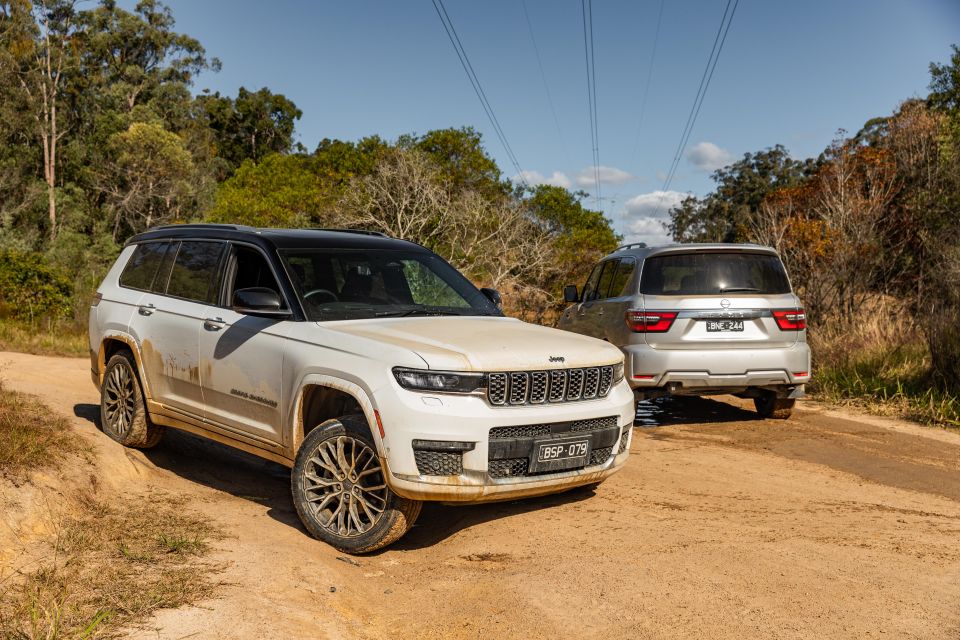
“Development work is being undertaken by car makers across the world to overcome these challenges. However, we are not likely to see a significant improvement in the availability of these vehicles at prices many Australians can afford until at least the end of this decade.”
The standard uses carry-forward credits and debits. Every zero-emissions vehicle sold will count for three under the scheme, while there are two other tiers allowing manufacturers to claim low-emitting vehicles as either two or 1.5 sales.
New light vehicles are still subject to Australian Design Rule 79/04, based on Euro 5 emissions standards. That’s despite the Euro 6 standard coming into effect in Europe in 2015.
While it has set benchmarks for the emission of harmful pollutants such as carbon monoxide (CO), hydrocarbons, oxides of nitrogen (NOx), as well as the mass of particulates and number of particles, the Australian Government hasn’t yet set a fleet emissions target for automakers.
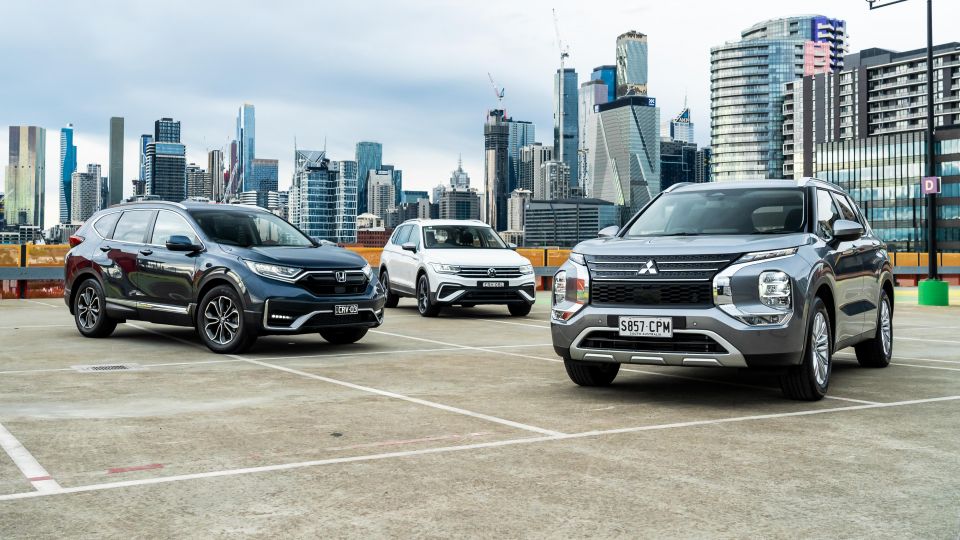
The Australian Government has brought forward the introduction of lower-sulfur petrol from 2027 to 2024, with automakers having flagged we need cleaner fuel before Euro 6 standards can be introduced here.
As part of its National Electric Vehicle Strategy, the Government is consulting with stakeholders on whether fuel efficiency standards could help reduce emissions and spur uptake of electric vehicles.
It says over 80 per cent of all vehicles sold in the world are already covered by a fuel efficiency standard, including the United States, China, Japan and India.
MORE: Emissions targets explained: Q&A with FCAI chief executive Tony Weber
William Stopford is an automotive journalist based in Brisbane, Australia. William is a Business/Journalism graduate from the Queensland University of Technology who loves to travel, briefly lived in the US, and has a particular interest in the American car industry.


William Stopford
5 Days Ago
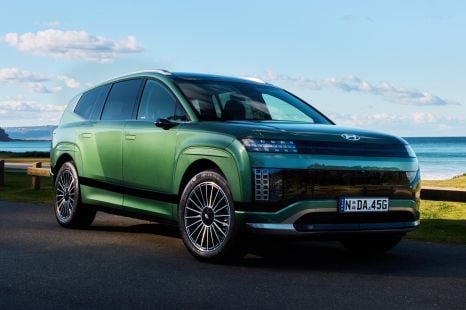

Josh Nevett
3 Days Ago


James Wong
3 Days Ago
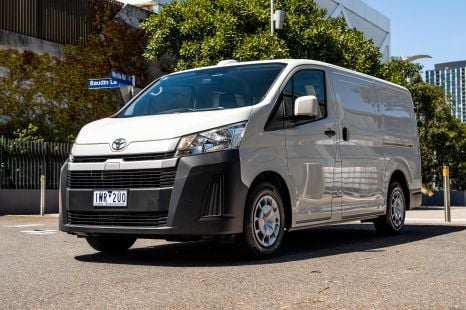

Max Davies
3 Days Ago
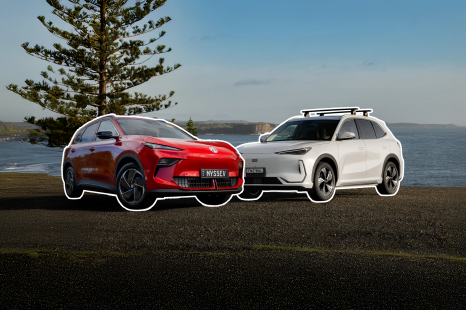

Andrew Maclean
2 Days Ago
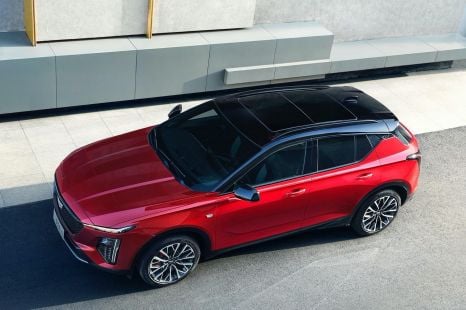

William Stopford
2 Days Ago